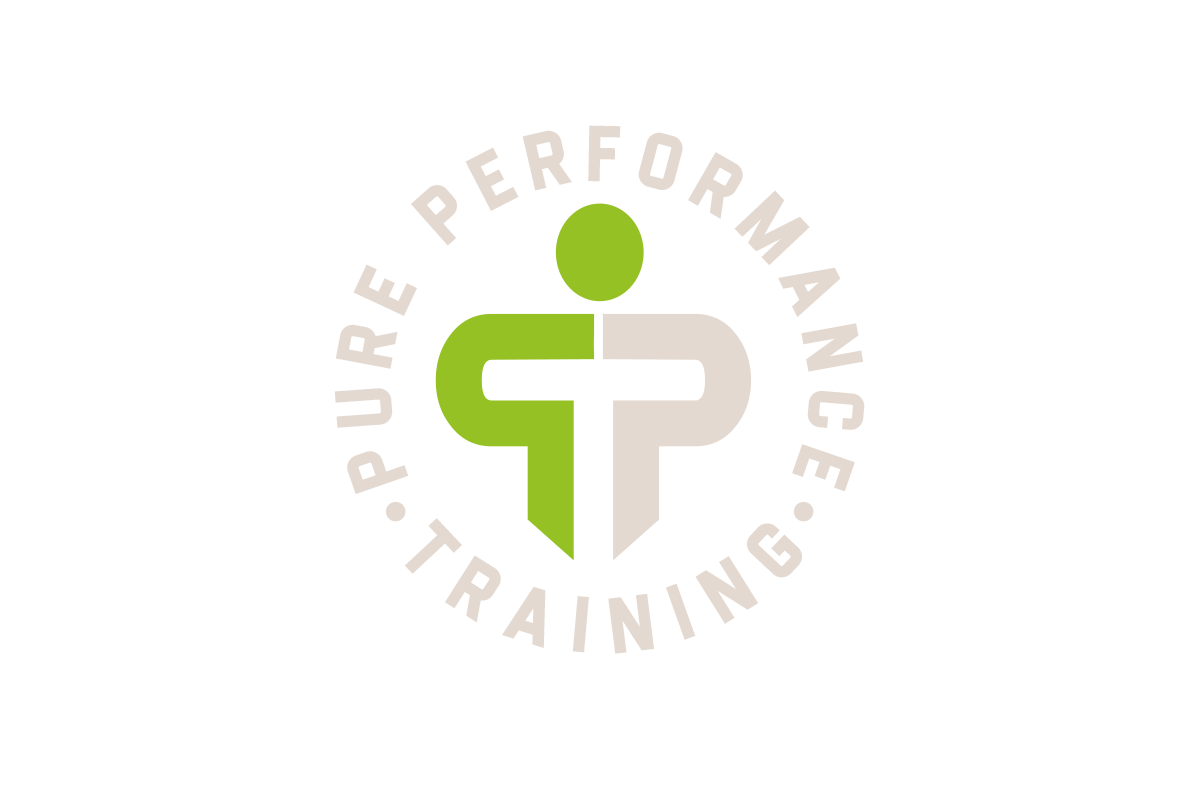THREE REASONS YOU STILL NEED CARDIO
“I hate cardio!”
“It’s a waste of time.”
“Train slow, be slow!”
]In the last few years, aerobic training (aka cardio) has taken a beating. Knocked as a lumbering, inefficient relic of the past utilized by people who don’t “get it.”
Why slog away on a treadmill for 60 minutes when you get the same cardiovascular benefits from 5-10 minutes of concentrated, high-intensity intervals or strength training?
The truth is that while high-intensity, interval-style workouts certainly have a place—especially for fat loss—they aren’t a true replacement for long-form aerobic training.
Here are three benefits to consider before you pull the plug on cardio:
A More Efficient Cardiovascular System
When you exercise at high intensities, you heart has to deliver large amounts of blood to your muscles very quickly. To do so, it has to pump hard and fast.
At high heart rates, there isn’t enough time between beats for blood to completely fill the heart chambers, specifically the left ventricle. Over time this causes the heart walls to become thicker, an adaptation called concentric cardiac hypertrophy.
Aerobic training, on the other hand, has a very different effect. Rather than increasing the force of each beat, aerobic adaptations increase the volume of blood your heart is able to send each time if contracts.
Slower, steadier training, which occurs at lower heart rates, allows more blood to enter the heart’s ventricle chambers each beat. Like a balloon being filled over and over with water, the walls get better at accommodating greater volumes of blood.
The increase in ventricle size, known as eccentric cardiac hypertrophy, allows your heart to transfer more blood per beat with less effort.
Improved Work Capacity
A strong aerobic system has obvious benefits for endurance activities like running and cycling. But a startlingly large percentage of the energy used to fuel activities generally thought of as purely anaerobic—like sprinting and interval workouts—actually comes from the aerobic system.
Several studies that examined short-duration, high-intensity sprinting show that the switchover from anaerobic energy to primarily aerobic energy occurs between 15-30 seconds.
In other words, within 30-seconds of initiating a high-intensity exercise, you begin primarily relying on the capabilities of your aerobic system to continue moving. Outside of purely explosive sports like powerlifting or high jumping, this has major performance implications for essentially every type of team sport and workout program.
Other studies that looked at repeat sprint training showed that the proportion of aerobic energy production increases with each sprint as anaerobic contribution decreases. Even when long rest periods were given between sprints.
These studies tell us that aerobic system is incredibly active and important whether we want to produce a large amount of concentrated force at once, or repeatedly over a period of time.
Faster Recovery Between Workouts
While there are many benefits to lifting heavy weights, and exercising at high-intensity, it’s important to keep in mind that exercise is, at its most basic level, a form of stress. Like any other stress, our body responds to exercise by initiating a series of system-wide reactions that are regulated by a branch of the nervous system called the Sympathetic Nervous System (SNS).
When the SNS is activated, it triggers a series of physiological alarms that culminate in the fight-or-flight response. The higher the intensity of the exercise, the louder the alarms sound, and the longer it takes for the body to return back to a normal resting state.
Unlike higher-intensity methods, aerobic training stimulates the Parasympathetic Nervous System (PNS). The PNS is the to the fight-or-flight response, but in reverse. The PNS lowers your heart rate and blood pressure, regulates the release of growth hormone and testosterone, promotes energy storage, and initiates the repair and remodeling of tissue.
In other words, aerobic training speeds up the recovery process by initiating a series of rebuilding projects via the PNS. Not only does this improve the potential for greater force production from workout to workout, it also expands the window of opportunity to increase overall training volume.
What’s Next?
We know that cardio makes your cardiovascular system function more efficiently, increases work capacity, and helps you recover faster between workouts.
It also promotes tissue healing after an injury and, according to more than one study, will probably keep you alive longer!
So how do incorporate cardio training that won’t bore you to death?
In the next post, we’ll explore three exercise strategies that will allow you to soak up the benefits of cardio training while avoiding the monotony that’s often associated with steady-state exercise.
THREE REASONS YOU STILL NEED CARDIO
[/fusion_title][fusion_text]
“I hate cardio!”
“It’s a waste of time.”
“Train slow, be slow!”
]In the last few years, aerobic training (aka cardio) has taken a beating. Knocked as a lumbering, inefficient relic of the past utilized by people who don’t “get it.”
Why slog away on a treadmill for 60 minutes when you get the same cardiovascular benefits from 5-10 minutes of concentrated, high-intensity intervals or strength training?
The truth is that while high-intensity, interval-style workouts certainly have a place—especially for fat loss—they aren’t a true replacement for long-form aerobic training.
Here are three benefits to consider before you pull the plug on cardio:
A More Efficient Cardiovascular System
When you exercise at high intensities, you heart has to deliver large amounts of blood to your muscles very quickly. To do so, it has to pump hard and fast.
At high heart rates, there isn’t enough time between beats for blood to completely fill the heart chambers, specifically the left ventricle. Over time this causes the heart walls to become thicker, an adaptation called concentric cardiac hypertrophy.
Aerobic training, on the other hand, has a very different effect. Rather than increasing the force of each beat, aerobic adaptations increase the volume of blood your heart is able to send each time if contracts.
Slower, steadier training, which occurs at lower heart rates, allows more blood to enter the heart’s ventricle chambers each beat. Like a balloon being filled over and over with water, the walls get better at accommodating greater volumes of blood.
The increase in ventricle size, known as eccentric cardiac hypertrophy, allows your heart to transfer more blood per beat with less effort.
Improved Work Capacity
A strong aerobic system has obvious benefits for endurance activities like running and cycling. But a startlingly large percentage of the energy used to fuel activities generally thought of as purely anaerobic—like sprinting and interval workouts—actually comes from the aerobic system.
Several studies that examined short-duration, high-intensity sprinting show that the switchover from anaerobic energy to primarily aerobic energy occurs between 15-30 seconds.
In other words, within 30-seconds of initiating a high-intensity exercise, you begin primarily relying on the capabilities of your aerobic system to continue moving. Outside of purely explosive sports like powerlifting or high jumping, this has major performance implications for essentially every type of team sport and workout program.
Other studies that looked at repeat sprint training showed that the proportion of aerobic energy production increases with each sprint as anaerobic contribution decreases. Even when long rest periods were given between sprints.
These studies tell us that aerobic system is incredibly active and important whether we want to produce a large amount of concentrated force at once, or repeatedly over a period of time.
Faster Recovery Between Workouts
While there are many benefits to lifting heavy weights, and exercising at high-intensity, it’s important to keep in mind that exercise is, at its most basic level, a form of stress. Like any other stress, our body responds to exercise by initiating a series of system-wide reactions that are regulated by a branch of the nervous system called the Sympathetic Nervous System (SNS).
When the SNS is activated, it triggers a series of physiological alarms that culminate in the fight-or-flight response. The higher the intensity of the exercise, the louder the alarms sound, and the longer it takes for the body to return back to a normal resting state.
Unlike higher-intensity methods, aerobic training stimulates the Parasympathetic Nervous System (PNS). The PNS is the to the fight-or-flight response, but in reverse. The PNS lowers your heart rate and blood pressure, regulates the release of growth hormone and testosterone, promotes energy storage, and initiates the repair and remodeling of tissue.
In other words, aerobic training speeds up the recovery process by initiating a series of rebuilding projects via the PNS. Not only does this improve the potential for greater force production from workout to workout, it also expands the window of opportunity to increase overall training volume.
What’s Next?
We know that cardio makes your cardiovascular system function more efficiently, increases work capacity, and helps you recover faster between workouts.
It also promotes tissue healing after an injury and, according to more than one study, will probably keep you alive longer!
So how do incorporate cardio training that won’t bore you to death?
In the next post, we’ll explore three exercise strategies that will allow you to soak up the benefits of cardio training while avoiding the monotony that’s often associated with steady-state exercise.

